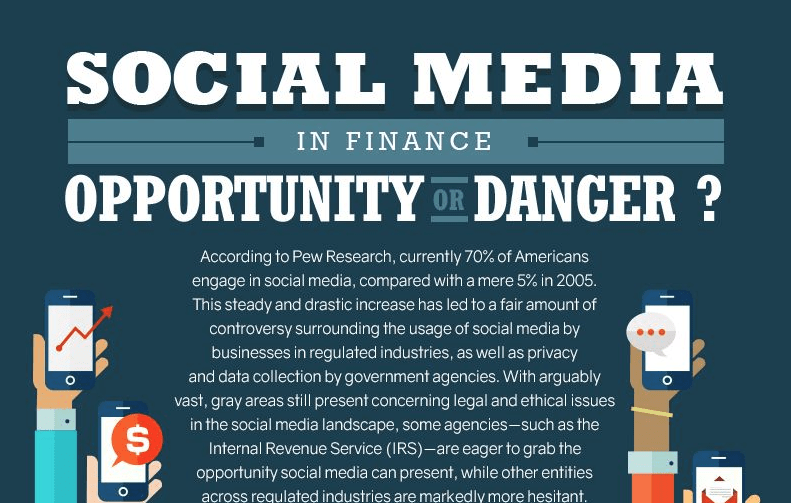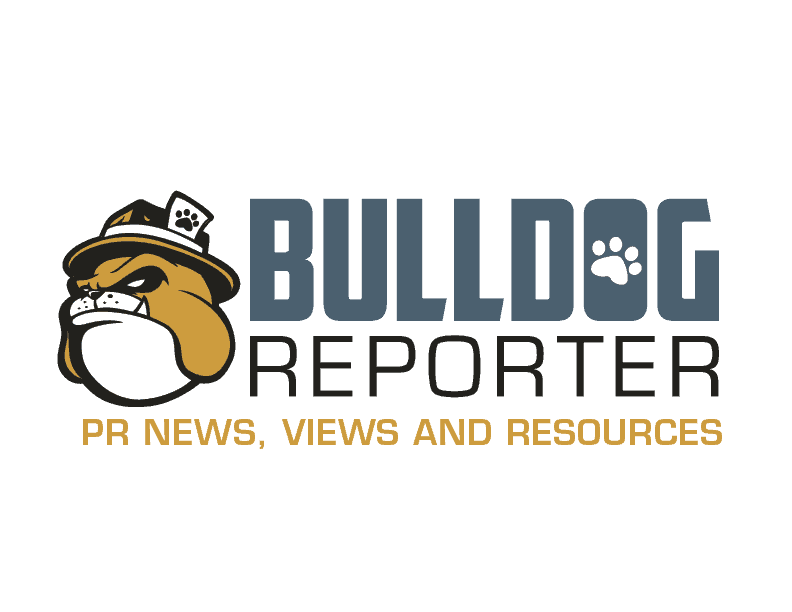In today’s “sharing” culture, your employees are used to posting about the minutiae of their lives on social media ?and that can mean bad news for your company. Here, James Pooley shares six tips to help you ensure that your company’s sensitive data, proprietary information, and trade secrets aren’t inadvertently leaked on a social media feed.
You can be sure that most of your employees are active on social media. For younger ones, in fact, Facebooking, Instagramming, and Tweeting are as natural as breathing. But suppose an employee shared pictures of your product prototype? Posted a draft patent application your company was about to file? Messaged a Dropbox link with confidential information (even if only to a fellow employee) over an insecure connection? Crowdsourced a question about a sensitive issue she was handling for a customer?
Do scenarios like these keep you up at night? They should. According to James Pooley, social media and the “sharing” culture it has sparked are very real threats to your organization.
“The Internet?which spawned social media?has changed the way we work and communicate,” says Pooley, author of Secrets: Managing Information Assets in the Age of Cyberespionage (Verus Press, 2015, ISBN: 978-0-9963910-0-9, $24.97). “That change has profound implications for a trade secret system that relies largely on human trust.
“I’m not saying openness is inherently bad,” he clarifies. “Obviously, a certain amount is needed if we’re to collaborate for innovation. Yet there’s a dark side to the comfort level that’s evolved around all this sharing. Companies need to acknowledge the risks of social media and work to prevent leaks by improving their employees’ knowledge and good judgment.”
Having recently completed a five-year term as deputy director general at the World Intellectual Property Organization in Geneva, where he was responsible for management of the international patent system (PCT), Pooley is an expert in the fields of intellectual property, trade secrets, and data security. Secrets, which thoroughly explains how to recognize and mitigate the risk of information loss in today’s electronic business landscape, is a must-have guide for executives and managers, knowledge workers, consultants, security professionals, entrepreneurs, investors, lawyers, and accountants?anyone and everyone who works with information.
Here, Pooley shares six tips to help you keep your company’s sensitive information off social media feeds:
- Understand that you’re asking employees to go against their “digital instincts.” By their very nature, social media platforms encourage users to publicly disclose the minutiae of their lives (usually the more, the better). The so-called Facebook generation is conditioned to casually communicate, swapping files and using the Cloud to store and access photos, music, and more. They are experts at revealing a lot using only 140 characters. “Making sure that social media doesn’t become a hole through which your company’s secrets leak is an especially challenging task because you’re essentially asking employees to check their habits at the door,” notes Pooley. “They’ll need to learn to operate based on a different set of standards that often contradict how they deal with information in their private lives.”
- Put social media policies in writing. Don’t assume that a few informal warnings and cautionary tales will keep all your employees from tweeting and posting what they shouldn’t. If your company already has general policies about the disclosure of information assets, make sure they become part of the official set of rules that govern employees’ use of social media. These policies will reinforce the need to keep personal and work issues separated and not to post about what is going on inside the company. Pooley cautions that larger companies need to have these policies reviewed by legal counsel, since typically broad confidentiality restrictions can violate labor laws that guarantee employees the right to discuss their working conditions.
- Train, train, and then train some more. In many organizations, after initial orientation, data protection policies are left on the shelf and more or less ignored. That’s dangerous, because staff can easily forget about the rules or lose respect for the dangers of noncompliance. Meanwhile, they may be working on collaborative projects, examining acquisition possibilities, receiving development proposals, and more. All of these situations can lead to personal social media connections, where you will be relying on the knowledge and good judgment of your employees to control risks.
- Know which devices might represent a risk. The growing popularity of “BYOD” policies means that many of your employees may well be storing sensitive information on the same laptops, smartphones, and tablets they use to scroll through status updates in the evenings. That’s cause for concern, because cyberthieves can gain access to these devices’ contents and your company’s systems through relatively easy-to-hack social media accounts and apps.
- Teach employees to spot social media scams. In addition to using MDM tools, training employees on methods that information thieves often use can help them avoid falling prey to traps on social media. For instance, social media profiles give hackers a lot of information that they can use to compose realistic-looking, customized email phishing messages.
- Be aware of your official social media presence. While you may not be able to fully control what your employees post on their personal social media accounts, you can certainly keep a close eye on official company Twitter, Facebook, and other social media pages.
“Social networking has become a fixture of modern personal and professional life, so embrace its many benefits,” concludes Pooley. “Just be aware of the security concerns social media represent and proactively work to prevent breaches, whether they come from employee use or official company activity.”





